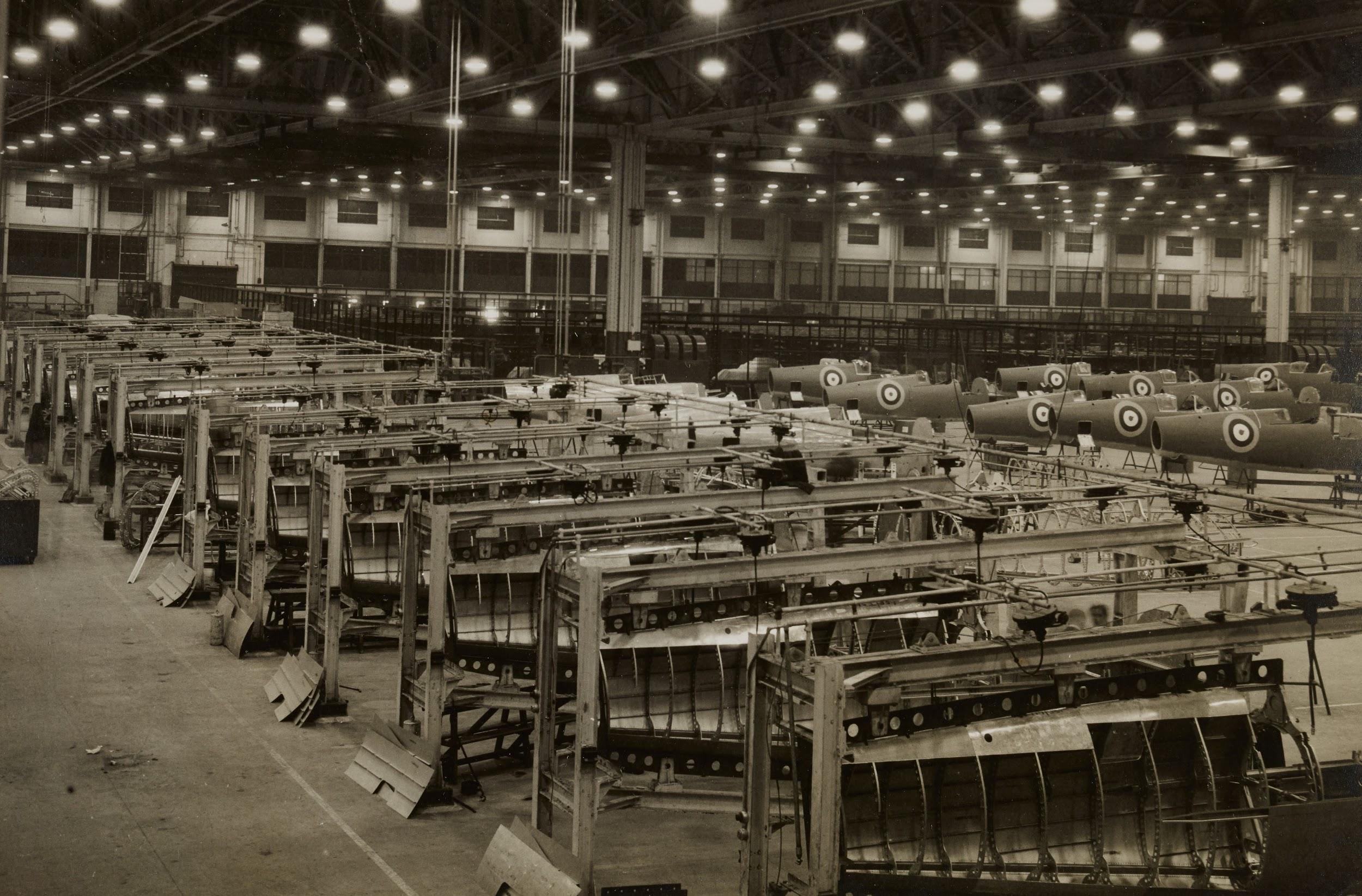Automation has been a source of concern for centuries. Starting from the 16th-century mechanization of stockings production to the 19th-century industrial revolution that led to the UK’s textile riots.
From the late 20th-century automation of car manufacturing to the 21st century, worries that Artificial Intelligence will eventually take up our jobs.
Job security is an issue that brings forth conflict among manual laborers, resulting from the automation of repetitive manual tasks.
Automation has replaced many jobs over the years but has also given rise to other specializations in industries. Major manufacturers have employed robots to level with consumer demands. This is because they are efficient and fast in task completion. All the while playing a massive role in keeping these businesses highly competitive.
To provide a clear understanding of the impact automation has had in industries, let’s dive deeper into the jobs’ technicalities.
Automation By Job Type
Robots execute blue-collar jobs faster and more efficiently than the human workforce, an effect that has highly optimized the production process.
However, jobs requiring intuition and creativity, such as product design, and artistry require empathy, making them reserved for the human workforce.
The human workforce also retains jobs that appreciate soft skills, such as effective communication, collaboration, leadership, and a problem-solving mindset.
That being an overview of the automation effect, let’s dive deeper into factory-related jobs and how automation has affected them.
Creative Jobs
These jobs require a human eye and mind and combine procedural tasking with intuition in their execution.
While proper product design does require a certain level of technical know-how, it also asks for a deeper understanding of why people like the look and feel of these products.
In manufacturing industries, designing products may require a focus on the technical application of the product and cater to these matters. An API valve manufacturer, for example, may decide to automate the production of the product.
However, to tailor for customers that care for factory aesthetics, they require a human understanding of the design process. Automation can play a role in tasks such as drawing, 3D printing, and data analysis. These artistic job descriptions probably have a higher sense of security than others.
Technical Jobs
Following product design is the manufacturing process involving technical activities such as assembling parts to come up with a wholesome product.
A car manufacturing factory may implement robotic arms, each responsible for joining parts of a vehicle together, working with more efficiency and speed than a human.
After putting together the product, there is a proper packaging requirement in preparation for shipping. A robot performs packaging tasks as they are repetitive and technical.
The packaging process does not engage in human creativity; thus, automation is probably the better option for such work. However, in other industries such as food processing, products’ packaging may require customization. A process requiring making phone calls, listening to ideas, and making constant changes to the product’s packaging.
We employ automation for the job’s technical and repetitive parts; however, to understand human needs, a human being is needed.
Transportation of the products to the expected locations is the final process in manufacturing. We can automate the package addressing systems in preparation for transport.
Soon, however, there is a possibility that autonomous vehicles will replace transport drivers. Currently, smaller package delivery companies employ drones in some parts of the world.
Leadership And Collaborative Jobs
Top managerial job descriptions have the least possibility of automation because they require effective coordination, communication, and decision-making.
These professionals employ a combination of technical know-how, emotional intelligence, and in some, risk-taking– we cannot reach a balance through automation.
Automation cannot replace these individuals, partially because they might resist losing their jobs since they decide which tasks to automate and which not to automate.
The Solution To The Conflict
The fear that automation will eventually take up all jobs exists. To keep the conversation healthy, positive, and practical, we need to educate the masses on what automation means. Including the types of jobs it can take over.
The first step towards education is learning, learning fear, and learning communication strategies. Understanding communication techniques will ensure that proper education occurs.
The second step is the actual training of professionals. This involves educating employees in preparation for the jobs they are to transition to during automation.
However, it is essential to note that automating the training process might result in a larger conflict. Partially because we know that resolutions cannot be sufficient when executed by who causes the conflict.
The third step is to ensure regular training occurs by providing relevant and up-to-date information and training materials.
At first, individuals will be reluctant to change job descriptions, which we can resolve through the previously discussed process.
Factory Jobs That Cannot Be Replaced
Although automation has taken over many factory jobs, some still require human beings’ special skills. Here are a few such jobs that machines can’t completely do for now.
Quality Check Inspector
Robots can be programmed to do certain things, but when it comes to catching a small defect or making sure that the product is of the quality you’re looking for, people are much better at it.
A quality control inspector uses their experience, intuition and good old fashion “look closely” to make sure that every single product is perfect. A machine can see if there is clearly something wrong with a product but won’t catch everything.
If you had automated inspections in place, and you were shipping out luxury products; and something goes wrong. This is where human intervention becomes important.
Let’s say there was hardly a speck of dust on your pet hair remover (obviously checked by a robot). Then, suddenly, there was one review on Amazon where someone said they found one pet hair caught in it.
You’d lose all your sales because everyone would assume that now your inspection isn’t working as well as humanly possible or you just don’t care about quality anymore. This is where you should always hire a human inspector.
Maintenance Technicians
Robots can’t fix themselves, at least not yet!
Factory machinery requires regular maintenance to function at peak performance. Maintenance technicians are skilled professionals who ensure that machines run smoothly. When something breaks down, these technicians troubleshoot the problem, perform repairs, and get everything up and running again.
Automation can monitor equipment. If you want to know what is wrong with it, often, you need to use human creativity and problem-solving skills, which require knowledge that only a human has. Until robots can physically fix something, if they determine a problem, humans will always be required.
Health and Safety Officers
It is the most important job to ensure that employees are safe in factories. A person could develop an allergy or get their hand crushed by a machine.
The fact that machines of such high risk can be worked on by robots does not mean human judgment about the needs of other humans will disappear.
Custom Design And Prototyping
Repetitive tasks can be automated, but human creativity is necessary for custom design and prototyping.
Factories producing one-off products or prototypes on a small scale will require workers who can conceptualize and modify designs manually. This is to produce the desired result each time.
As automation advances it becomes apparent that there are some jobs for which relying on human creativity, problem solving, or emotional intelligence is necessary. Therefore, as machines replace the mundane, humans will remain an integral part of factory life.
Should You Be Worried?
Automation and job security have been and will always conflict. However, a balance is struck each time it has happened. We currently live in a world with fear of automation from watching various films, such as The Terminator, the Transformers, and others.
Some still expect to see a world like that in the movies.
The reality is that we use robots to perform repetitive tasks that we have complained about for ages. Do not be fearful; instead, educate yourselves on automation. Do this with a keen eye on the jobs that seem impossible to automate. All the best.























